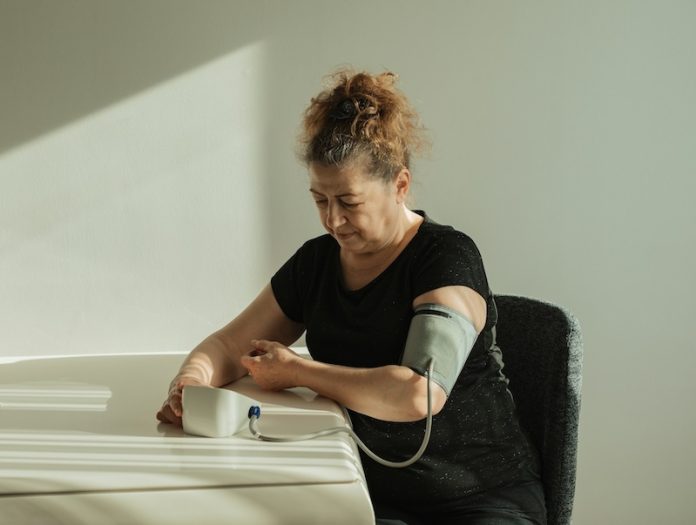
Keeping blood pressure in a healthy range is one of the most important things older adults can do to stay well.
Blood pressure is the force of blood pushing against the walls of your arteries. If it’s too high or too low, it can lead to serious health problems.
When blood pressure is too high, it increases the risk of heart disease, stroke, and other life-threatening conditions.
These are among the top causes of death in Australia and around the world. But very low blood pressure can also be dangerous. It can cause dizziness, fainting, and dangerous falls, especially in older adults.
So what’s the right blood pressure target for people over 60? That question has been debated for years. For a long time, doctors aimed to keep the top number in a blood pressure reading—called the systolic pressure—below 140 mmHg. But newer research has changed the conversation.
One key study, known as the SPRINT trial (Systolic Blood Pressure Intervention Trial), looked at thousands of adults over age 50 who were at high risk of heart problems but didn’t have diabetes. The study split people into two groups: one group aimed for a systolic pressure under 140 mmHg, and the other group aimed for below 120 mmHg.
The results surprised many experts. The group with lower blood pressure had fewer heart attacks, strokes, and deaths related to these conditions. This showed that in some cases, aiming for a lower blood pressure could have big health benefits.
But it’s not that simple for everyone. Lowering blood pressure too much in older adults can come with risks. Some people may feel lightheaded or dizzy, which can lead to falls and injuries. Others might have problems with their kidneys or feel unwell from taking too much medication.
Because of this, experts now say that blood pressure management should be tailored to each person. In general, most adults over 60 are advised to aim for a systolic pressure below 130 mmHg—but not lower than 120 mmHg—if it can be done safely. This range seems to offer the best balance between reducing heart risks and avoiding side effects.
However, the ideal number can be different for each person. Someone with diabetes or kidney disease may need a slightly different target. And a person who gets dizzy easily or has had falls in the past may need a gentler approach.
That’s why it’s so important to have regular check-ups and honest conversations with your doctor or nurse. Your healthcare provider can help you find a blood pressure target that works for your body, your medications, and your daily life.
Managing blood pressure isn’t about chasing the lowest number possible. It’s about finding the number that keeps you healthy and feeling good. For people over 60, that means aiming for a safe and realistic target, with close monitoring to make sure it’s working.
The science may be complicated, but the goal is clear: a personalized plan is the best way to protect your heart and stay strong as you age. By staying informed and working closely with your doctor, you can take charge of your blood pressure and your health well into your later years.
If you care about blood pressure, please read studies about unhealthy habits that could increase high blood pressure risk, and people with severe high blood pressure should reduce coffee intake.
For more information about blood pressure, please see recent studies that early time-restricted eating could help improve blood pressure, and results showing plant-based foods could benefit people with high blood pressure.
Copyright © 2025 Knowridge Science Report. All rights reserved.



